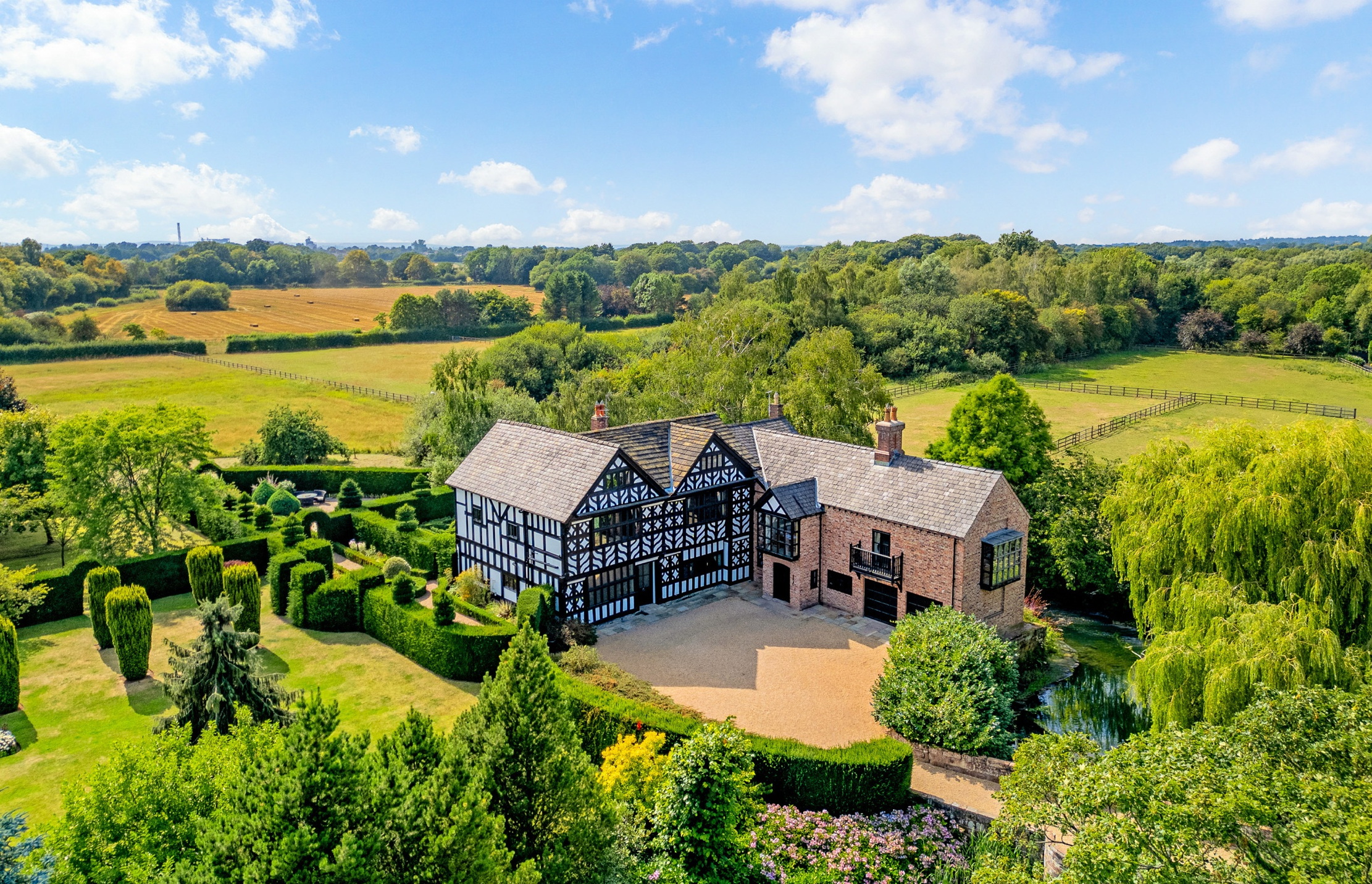My Favourite Painting: Cecilia McDowall
Composer Cecilia McDowall chooses a 15th century masterpiece by Fra Angelico.
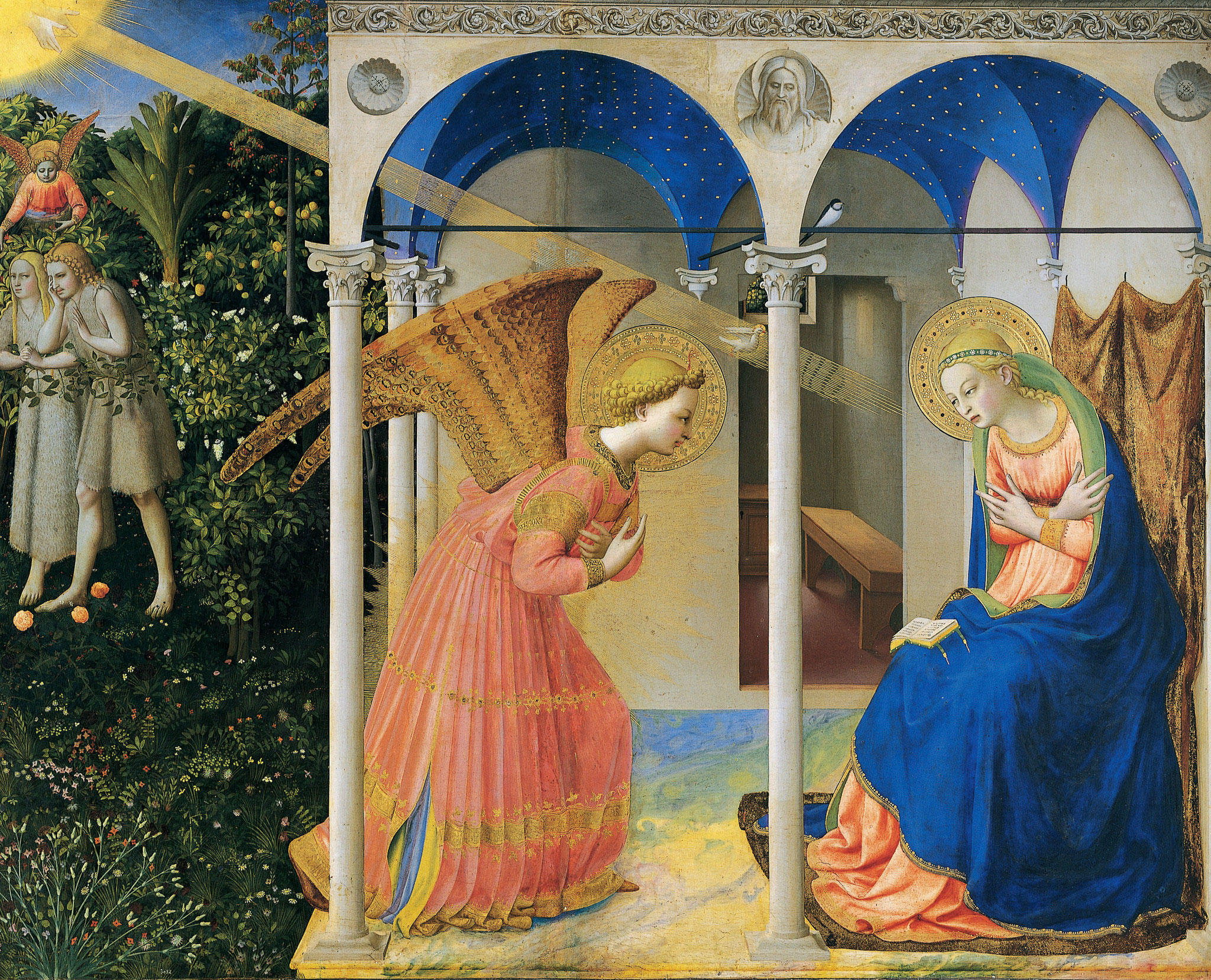

Cecilia McDowall on Annunciation by Fra Angelico
‘When I saw this exquisite altarpiece at the Prado Museum, shortly after it had been restored, I was so captivated by the freshly revealed detail and vivid colours that I couldn’t take my eyes off it. The intensity of the colours mesmerised me — just look at the blue!
‘Expensive, “beyond the sea” (ultramarine comes from the Latin ultramarinus, literally “beyond the sea”), symbolising both holiness and humility. Adam and Eve, to the left, look distinctly uncomfortable at being thrown out of the Garden of Eden; in contrast, the gracious Gabriel and Mary gently lean towards one another.’
Cecilia McDowall is a composer. On October 11, her latest piece will be performed by The Sixteen as part of A Garland for the Queen: a Tribute to the Life and Reign of Elizabeth II, at the Chapel Royal of St Peter ad Vincula, Tower of London, EC3. Those not able to get there in person can catch the live stream here.
Charlotte Mullins on Fra Angelico
Fra Angelico, born Guido di Piero, initially trained in manuscript illumination in Florence, Italy. Before this work was commissioned, he had entered the Dominican monastery in nearby Fiesole, where he became Fra (friar) Giovanni. Art was a form of devotion and he became its high priest, running the most prestigious workshop in Florence by the 1430s. After his death, he was known as Fra Angelico, the Angelic Friar, on account of his artistry.
This Annunciation dates to about 1426 and was painted for the altar at the monastery where he lived, worked and prayed. It captures the moment when the Angel Gabriel appears before Mary, God’s will symbolised by the tiny dove (the Holy Spirit) riding a golden sunbeam to illuminate her Immaculate Conception.
It is a sumptuous painting that owes as much to Fra Angelico’s training in the International Gothic style as it does to the growing naturalism of the Renaissance (as seen in Fra Angelico’s attempt at architectural perspective). On the left, a carpet of flowers leads to the fallen Adam and Eve, who are being expelled from the Garden of Eden. What a contrast between their plain garments and those of Gabriel and Mary!
In the portico on the right, Gabriel has descended on golden wings to deliver the news. Golden halos encircle the protagonists’ heads and a rich curtain hangs behind Mary. The Virgin sits under a vaulted ceiling painted in expensive ultramarine, the same colour as her cloak; no expense has been spared in this jewel of a painting.
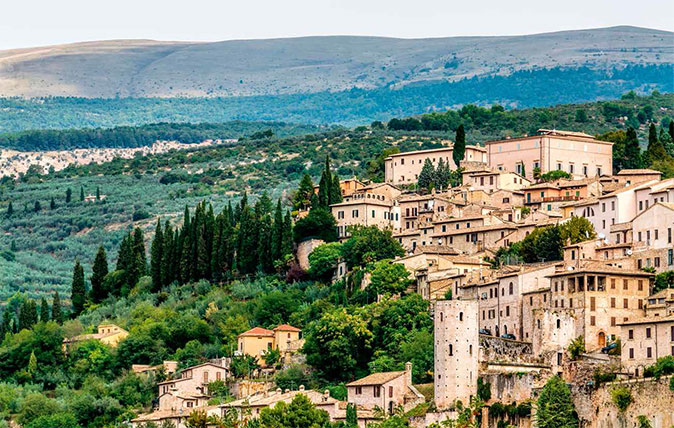
Credit: Alamy
Two middle-aged ladies, one beautiful Fiat, and a magical week in Umbria
Mary Miers teamed up with an old friend as she visited one of Italy's most enchanting regions.
Exquisite houses, the beauty of Nature, and how to get the most from your life, straight to your inbox.
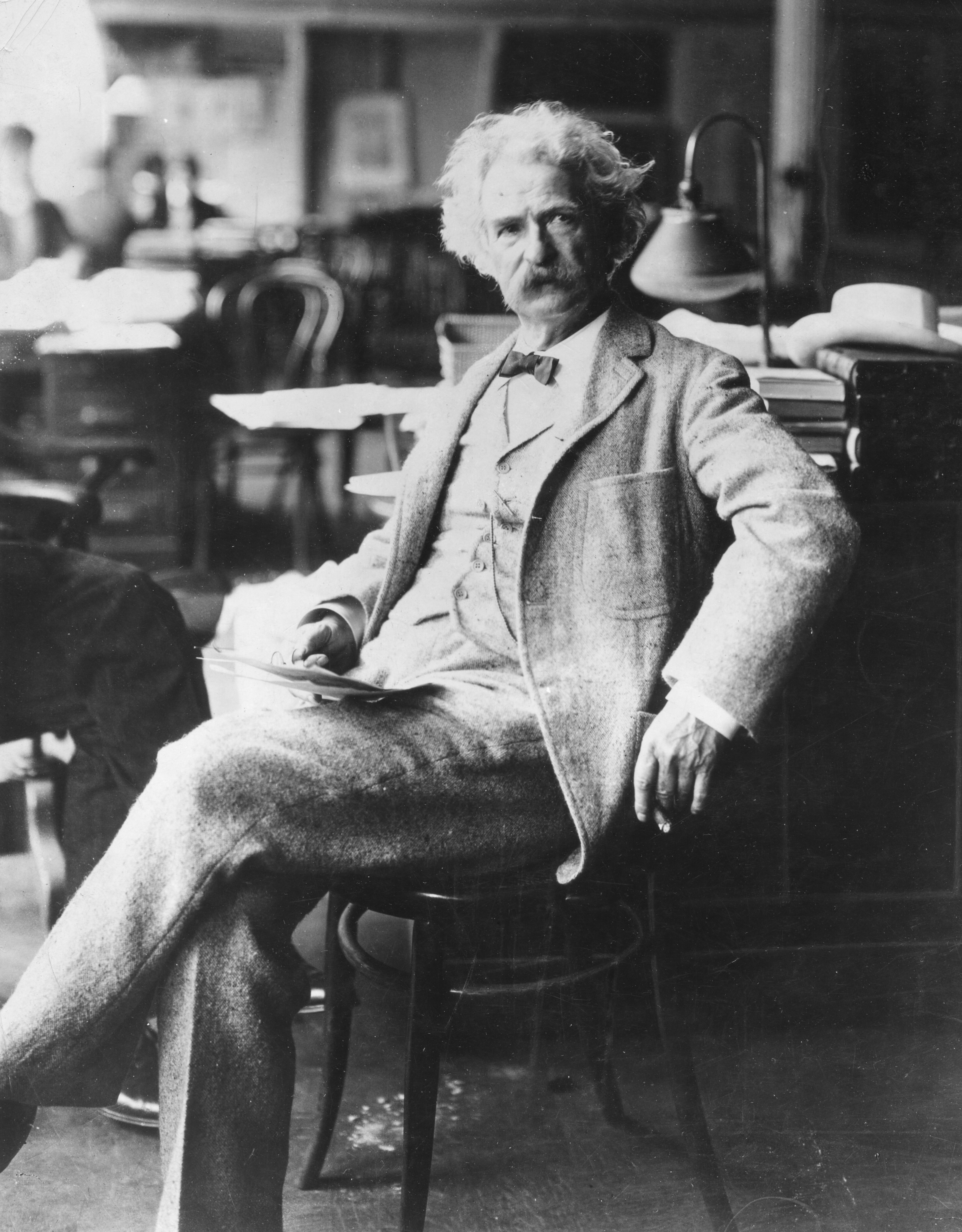
Curious Questions: Did Mark Twain really invent the bra strap?
Samuel Clemens Leghorn — better known as Mark Twain — was a man of many trades besides writing, and one of his
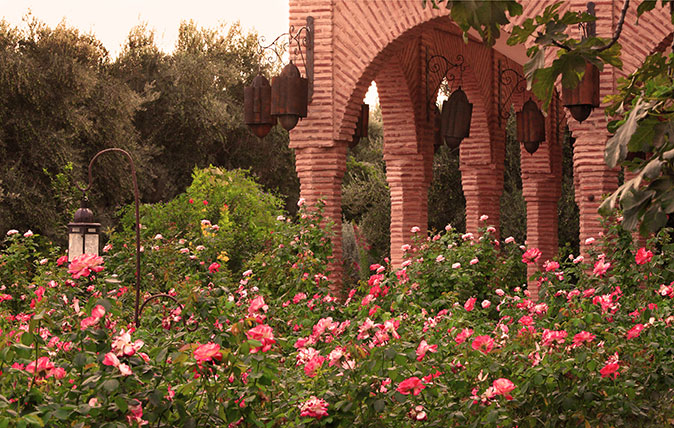
Credit: The Beldi Country Club garden in Marrakesh, photographed by Alessio Mei
Scents and sensibility: The roses grown for an ancient perfume in a magical Marrakesh garden
Ancient ‘country roses’ cultivated for a centuries-old perfume industry are among the horticultural treasures of a welcoming retreat on the
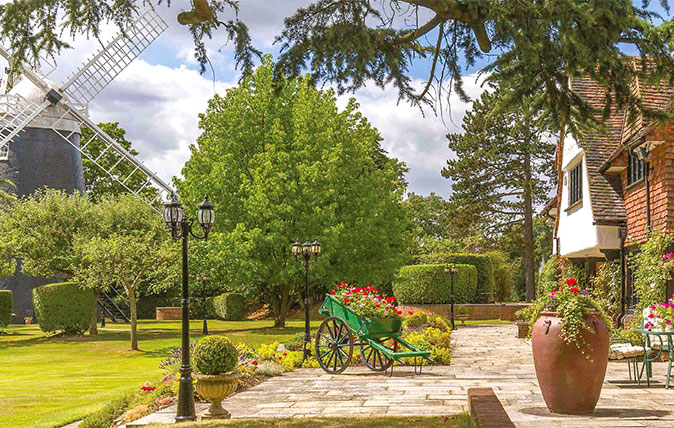
Five utterly charming properties which will make you want to live in an Arts-and-Crafts era house
Five utterly charming properties which will make you want to live in an Arts-and-Crafts era house
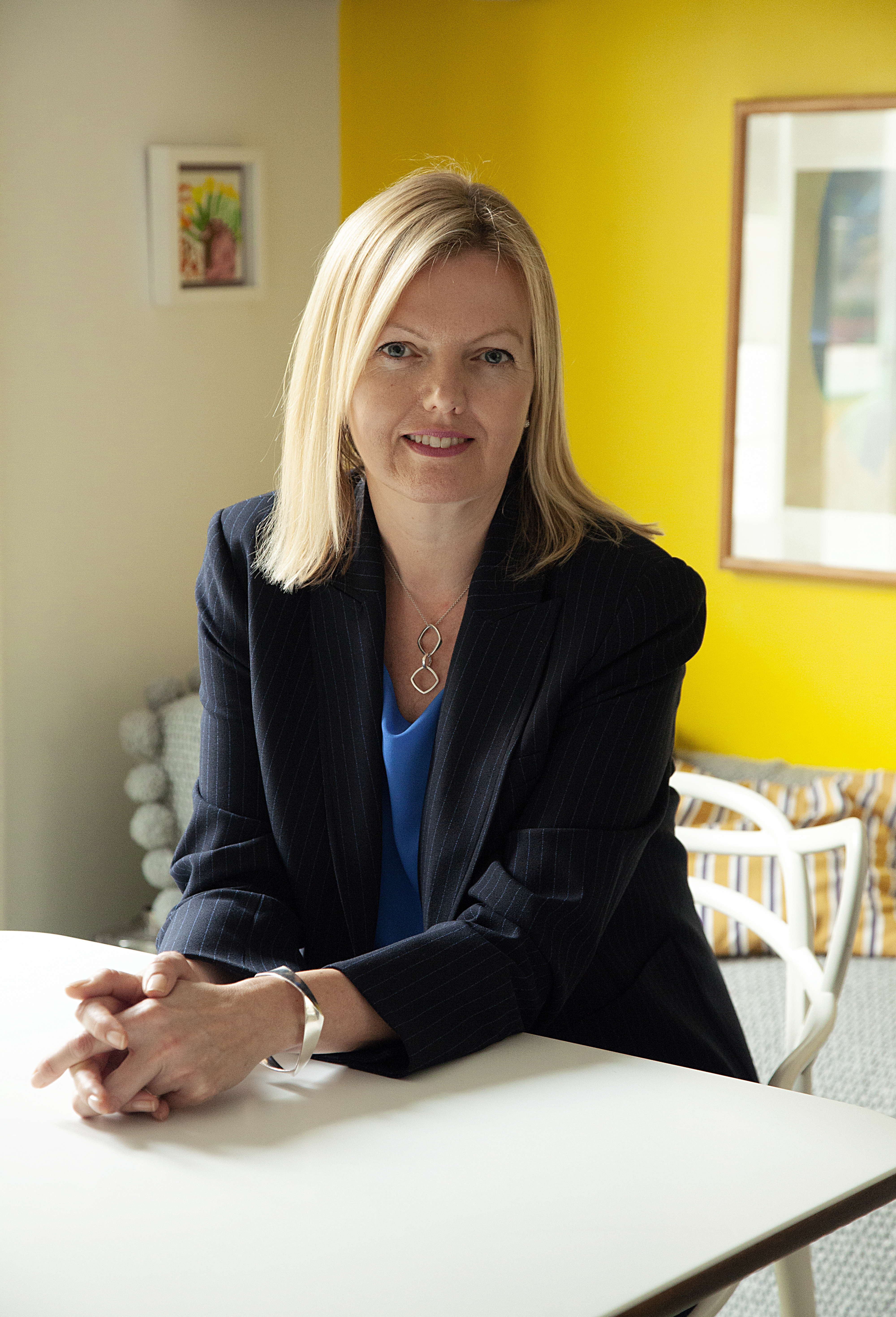
Charlotte Mullins is an art critic, writer and broadcaster. Her latest book, The Art Isles: A 15,000 year story of art in the British Isles, will be published by Yale University Press in October 2025.
-
 'As a child I wanted to snuggle up with the dogs and be part of it': Alexia Robinson chooses her favourite painting
'As a child I wanted to snuggle up with the dogs and be part of it': Alexia Robinson chooses her favourite paintingAlexia Robinson, founder of Love British Food, chooses an Edwin Landseer classic.
-
 The Pre-Raphaelite painter who swapped 'willowy, nubile women' for stained glass — and created some of the best examples in Britain
The Pre-Raphaelite painter who swapped 'willowy, nubile women' for stained glass — and created some of the best examples in BritainThe painter Edward Burne-Jones turned from paint to glass for much of his career. James Hughes, director of the Victorian Society, chooses a glass masterpiece by Burne-Jones as his favourite 'painting'.
-
 'I can’t look away. I’m captivated': The painter who takes years over each portrait, with the only guarantee being that it won't look like the subject
'I can’t look away. I’m captivated': The painter who takes years over each portrait, with the only guarantee being that it won't look like the subjectFor Country Life's My Favourite Painting slot, the writer Emily Howes chooses a work by a daring and challenging artist: Frank Auerbach.
-
 My Favourite Painting: Rob Houchen
My Favourite Painting: Rob HouchenThe actor Rob Houchen chooses a bold and challenging Egon Schiele work.
-
 My Favourite Painting: Jeremy Clarkson
My Favourite Painting: Jeremy Clarkson'That's why this is my favourite painting. Because it invites you to imagine'
-
 The chair of the National Gallery names his favourite from among the 2,300 masterpieces — and it will come as a bit of a shock
The chair of the National Gallery names his favourite from among the 2,300 masterpieces — and it will come as a bit of a shockAs the National Gallery turns 200, the chair of its board of trustees, John Booth, chooses his favourite painting.
-
 'A wonderful reminder of what the countryside could and should be': The 200-year-old watercolour of a world fast disappearing
'A wonderful reminder of what the countryside could and should be': The 200-year-old watercolour of a world fast disappearingChristopher Price of the Rare Breed Survival Trust on the bucolic beauty of The Magic Apple Tree by Samuel Palmer, which he nominates as his favourite painting.
-
 My favourite painting: Andrew Graham-Dixon
My favourite painting: Andrew Graham-Dixon'Lesson Number One: it’s the pictures that baffle and tantalise you that stay in the mind forever .'
